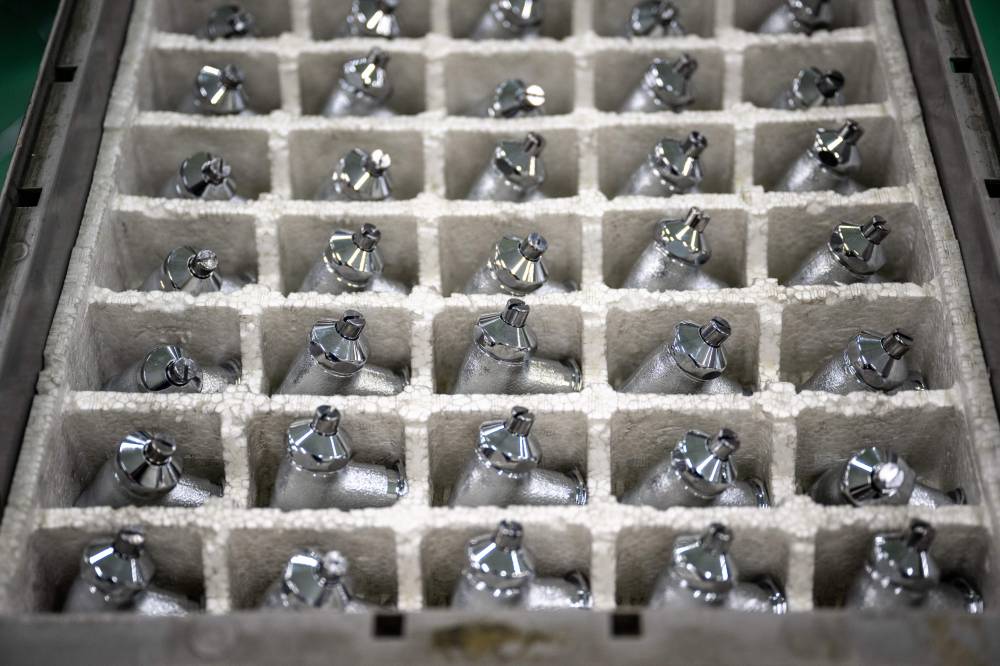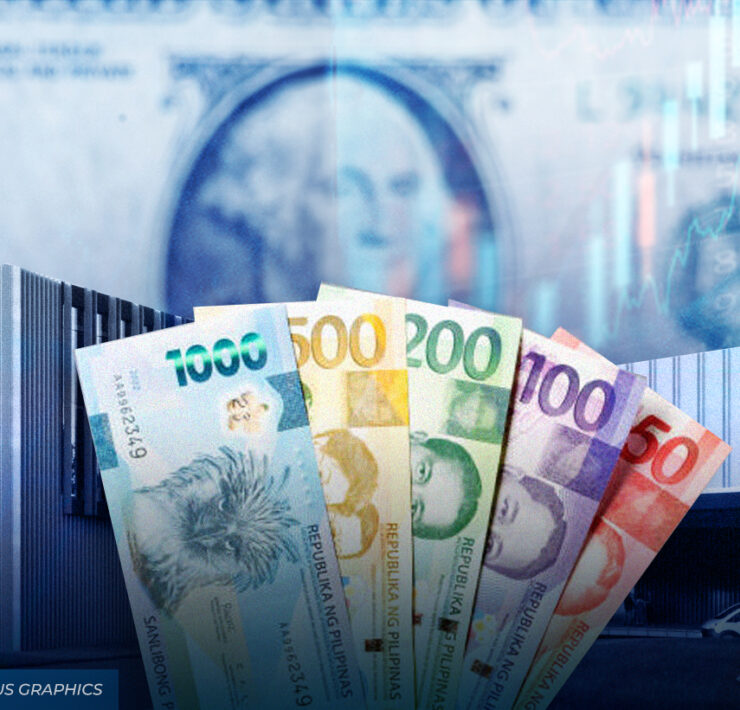Trade deficit hits 16-month high

The Philippine trade deficit ballooned to its widest in 16 months in July as imports and exports bounced back from a month of contraction.
Preliminary data from the Philippine Statistics Authority (PSA) showed the trade-in-goods balance — the difference between exports and imports — amounted to a $4.87 billion deficit in July, increasing from the $4.32-billion shortfall recorded in the previous month and the $4.12 deficit in July last year.
This was the widest trade gap seen since the $5.02-billion deficit seen in March 2023.
For the first seven months, the trade gap narrowed by 5.8 percent to $29. 91 billion from a year ago.
Cid Terosa, senior economist at University of Asia and the Pacific, said that economic expansion since last year’s fourth quarter has led to a higher demand for imported goods.
“Despite the weaker peso, which helped stimulate exports, demand for imported production inputs to produce goods and services required by an expanding economy was clearly more dominant,” Terosa said.
Terosa expects the trade gap to widen further in the coming months, primarily driven by higher import demand amid a busy production period for the holidays.
Total sales of Philippine-made goods inched up by 0.1 percent year on year to $6.25 billion in July, a reversal from the 17.3- percent decline in June. However, the growth just matched what was seen last year.
By value, export receipts in July were the highest in two months.
Likewise, the country’s merchandise imports rose by 7.2 percent year on year to $11.12 billion in July. This was a reversal from the previous month’s 7.3 percent contraction. The decline, however, was still lower than the 15.1 percent slowdown last year.
Import bill in July was the highest level since the $11.63 billion recorded in March a year ago.
Meanwhile, Ruben Carlo Asuncion, chief economist at Union Bank of the Philippines, does not expect significant monthly export gain in the second half. However, he expects a boost toward the end of the year due to lower base effects from last year.
“We project modest monthly declines from July to September on a 12-month comparison followed by gradually improving exports in fourth quarter with December expected to post export growth,” Asuncion said.
PSA data showed that manufactured goods, which comprised 79.6 percent of the country’s total export receipts, declined by 3.1 percent to $4.098 billion.
In terms of commodity group, electronic products had the largest import value amounting to $2.53 billion, contributing about 23 percent. Trailing behind were mineral fuels, lubricants and related materials at $1.44 billion and transport equipment with $1.03 billion.
The United States remained the top destination for Philippine-made goods, with exports valued at $1.06 billion, making up 16.9 percent of total.
China continued to be the largest supplier of goods to the country, valued at $3.08 billion or 27.7 percent of total imports.
The Development Budget Coordination Committee projects 5 percent and 2 percent growth in exports and imports, respectively, this year.





















